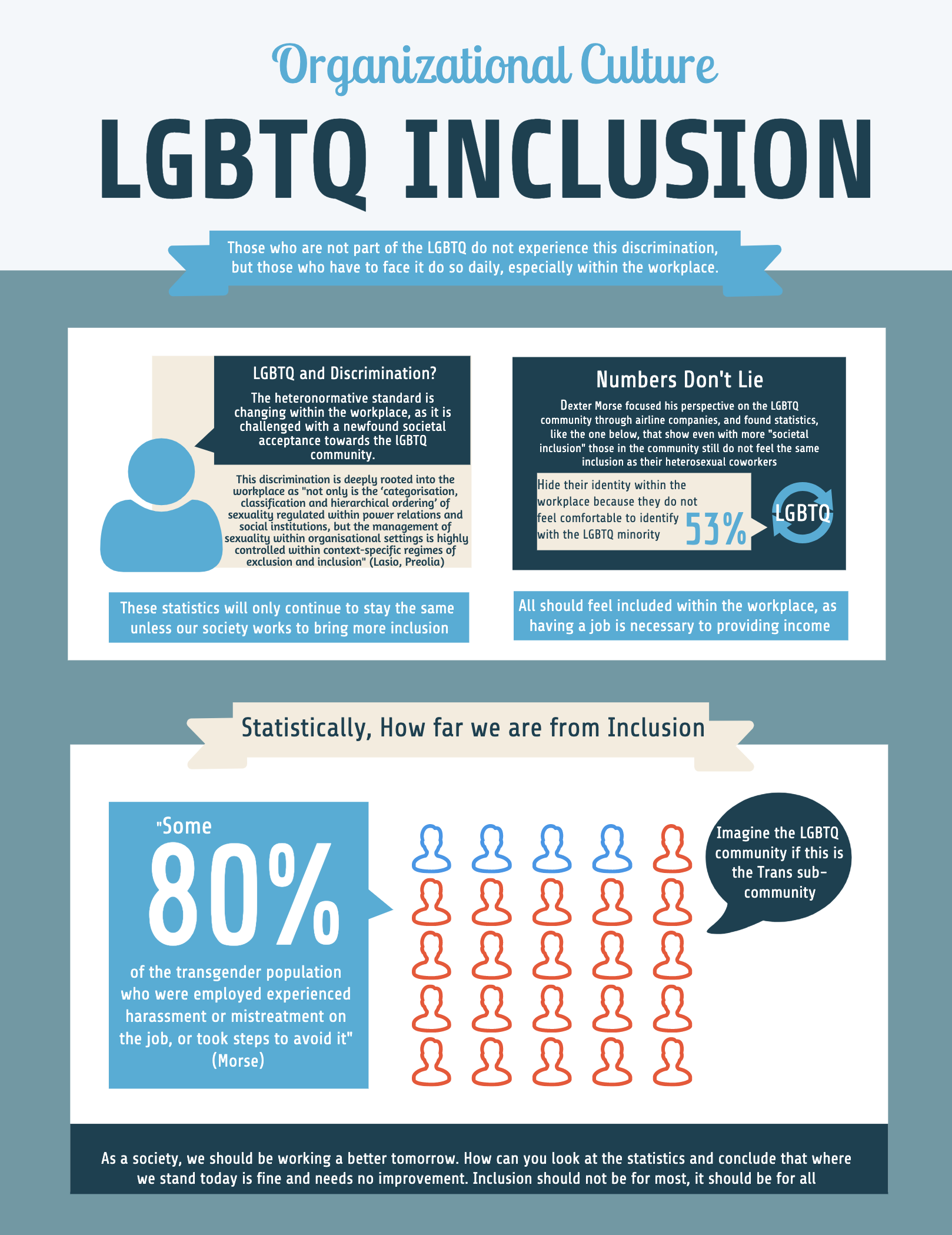Kavanagh_Draft Presentation_WRT205_Summer2020
Well, it seems that my plan to share a PowerPoint deck hit a big snag when I discovered that it’s impossible to do so on the blog due to “security concerns.” While I figure out a workaround, please enjoy the PDF’d version of the presentation. Not nearly as exciting, but hopefully you’ll get the gist.
As I’ve mentioned previously, my imagined scenario is me in a conference room with a handful of executives attempting to convince them of the importance of corporate responsibility. I’ll do this by demonstrating the relationship between consumers and the market.
In the finished version, I plan on recording my voice as I go through the presentation so you can get a better sense of what it would be like to be in the “audience”. However, lost in the conversion from .pptx to .pdf are the draft “speaker’s notes” that I had included. These are not fully formed, but I’ve included them below in an attempt to provide some insight into my current thinking. Thanks to everyone in advance for your input and help!
“Speaker’s Notes”
Slide Two: “There is a long history of consumer activism in the United States…”
Slide Three: “In the 1830s, the Quaker community of Philadelphia and Wilmington, DE began to establish markets which sold produce and other goods not sourced from slave labor….”
Slide Four: “Let’s fast forward nearly 200 years to the present. Walmart & Target have essentially the same business model, but attract a very different cliental…”
Slide Five: “How did this happen? Well, according toJessica Stewart’s essay from Shopping For Change….”
Slide Six: “Increasingly, citizens are engaging less with the traditional political process, and voting with their pocketbooks. According to Caroline Heldman in her book Protest Politics in the Marketplace: Consumer Activism in the Corporate Age …”
Slide Seven: “An example of a company who have been quite public about their own activism is Ben & Jerry’s. Not only have they created special-edition ice cream flavors to promote causes of equality and social justice…. (cite https://www.chuckjoe.co/how-ben-and-jerrys-incorporates-social-responsibility-through-conscious-capitalism/)
Slide Eight: ”Core to this concept is the creation of clear mission statement. An effective mission statement will….”
Slide Nine: “Navigating this path will not always be easy. Nike decided to publicly support the Black Lives Matter movement, however, accusations of underpaid staff in Asia working in “sweatshops” threatened to undermine the message.”
Slide Ten: ”Regardless, it is worth the risk. Consumers have more choices than at any other point in history. Surveys demonstrate….cite Cone Comms/Echo Research re: chart)”

